Philippe Parreno unveils new commission at the revamped MoMA
The French artist has created a site-specific installation for the entrance of the New York art museum. Here, we go behind-the-scenes with an exclusive interview, and photographs captured by Parreno himself
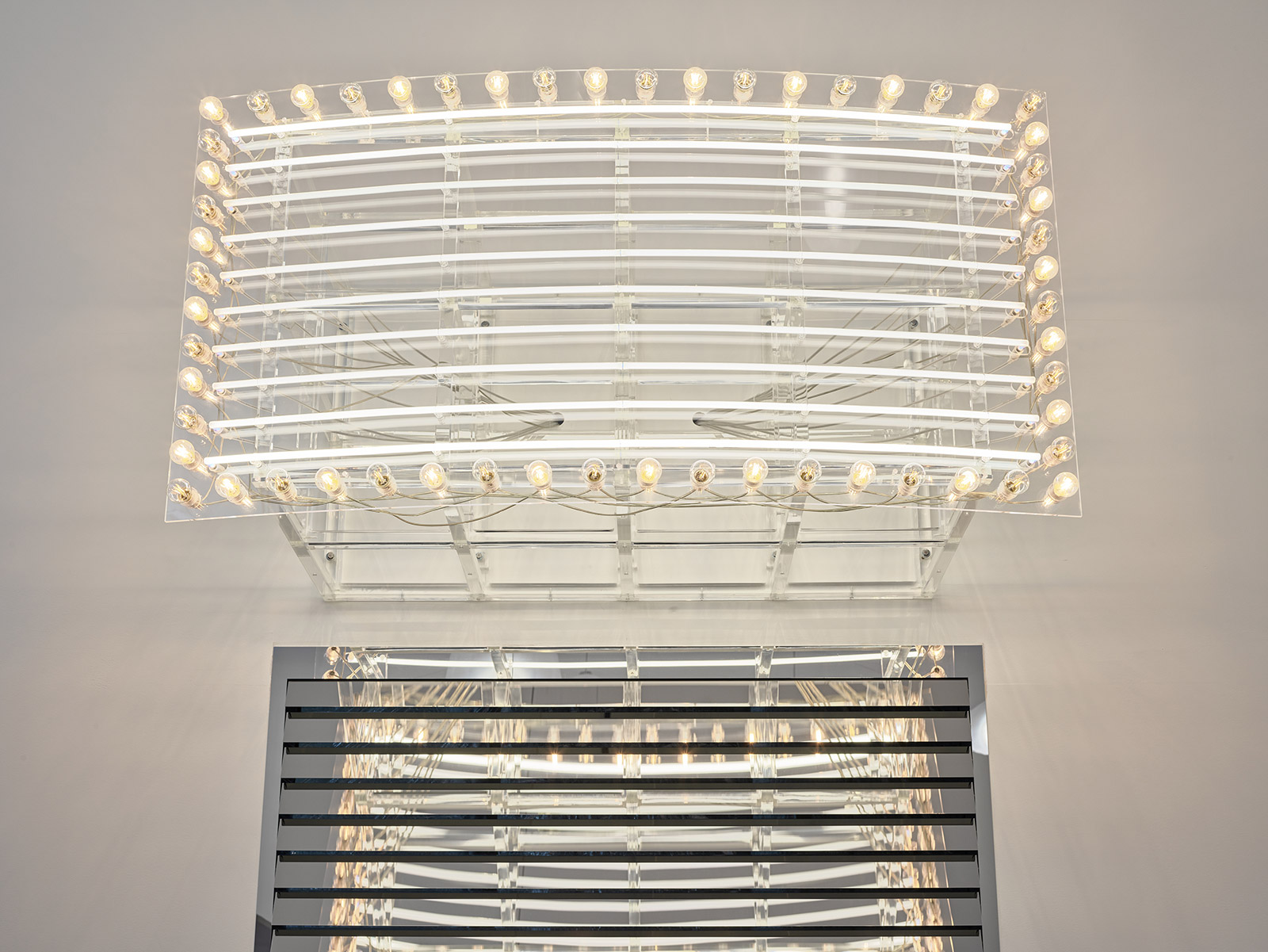
Philippe Parreno knows a thing or two about making an entrance. Since his memorable Anywhen commission for Tate Modern in 2016, the multi-disciplinary French artist has gone on to transform museum and exhibition spaces around the world into immersive, mystifying experiences that blend light, film and sound with a magical aplomb.
Parreno’s latest undertaking is a new site-specific work for the revamped Museum of Modern Art, which reopens on 21 October. Starting off beside the original entrance of the museum, and spanning the newly expanded lobby and walkway, which extends through to 54th Street, Parreno’s interactive piece, Echo heralds a new era for the institution.
‘When [museum director] Glenn Lowry approached me, he said he was interested in doing something throughout the lobby, to make it a real public space,’ explains Parreno. ‘I think the idea came after I did the commission at Tate Modern – something that was there like a ghostly presence, something that will be present and something that will not be present. I took that as the thread throughout the project.’
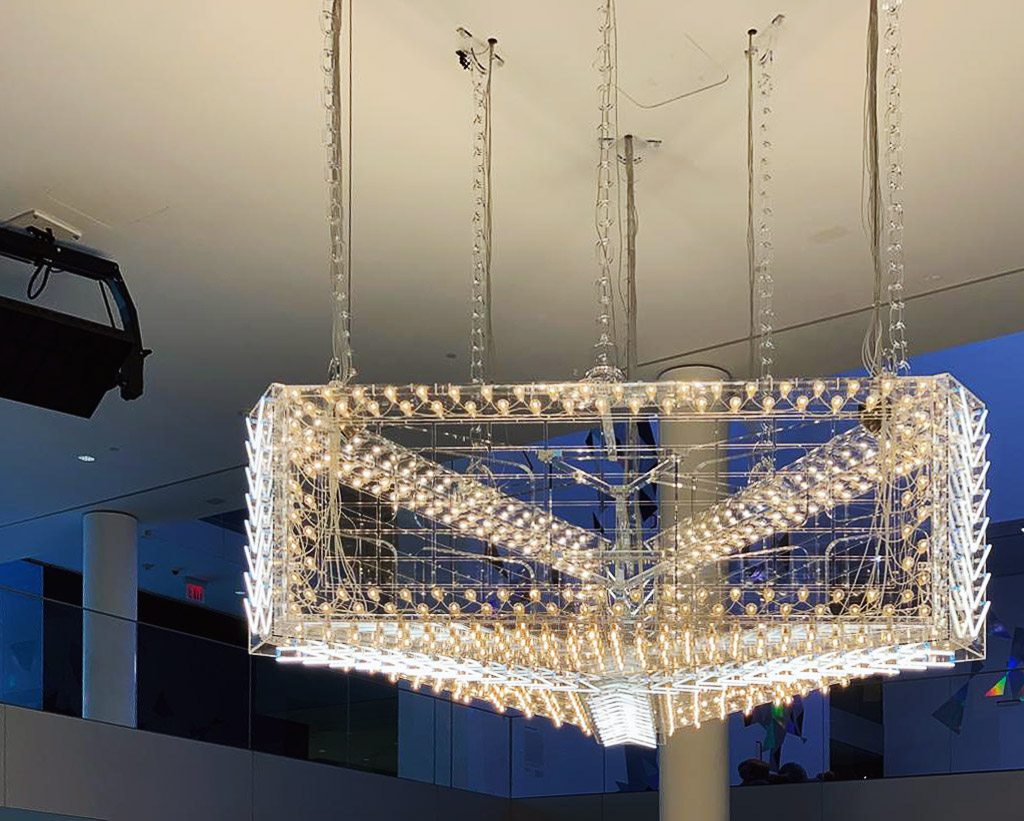
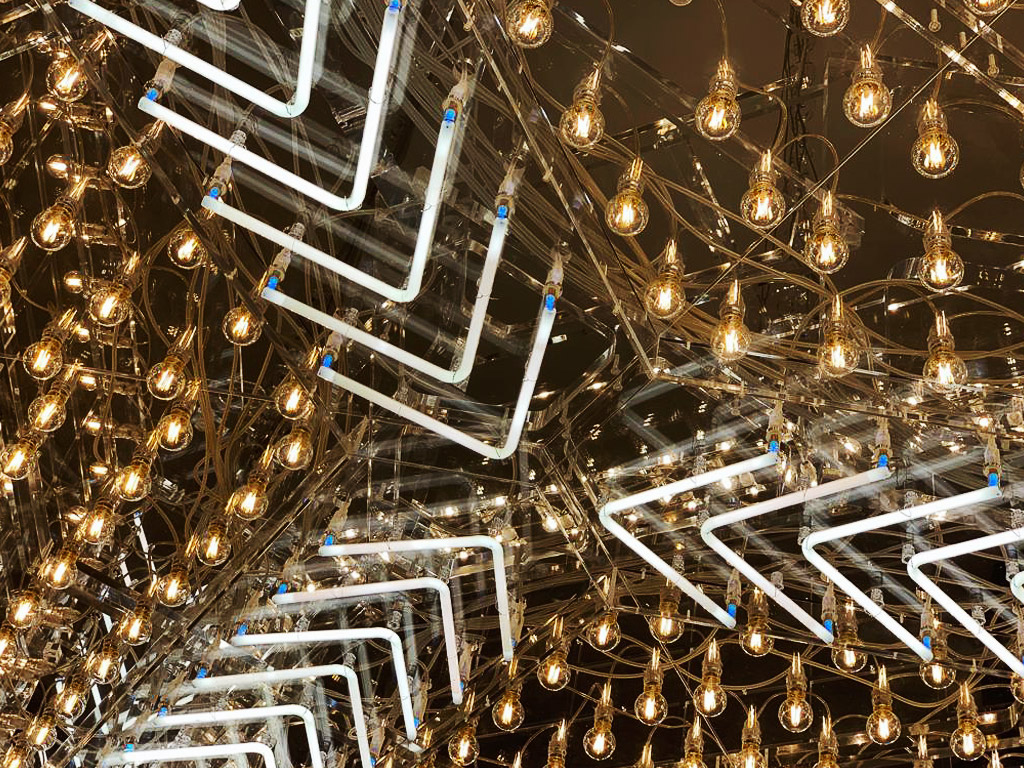
Echo, 2019, by Philippe Parreno, The Museum of Modern Art, New York. © The artist.
‘Normally I’m occupied with exhibition making,’ the artist adds. ‘An exhibition is a display where we have a timeline or an architecture, where you hang a series of objects. So you can say that an exhibition always has a beginning and an end – it’s time-based. I thought this could be a different approach. For the first time, I’m going to reorganise myself around that notion of manifestation. All that will appear without a timeline.’
From this starting point, Parreno worked with coders to programme some of his favoured motifs and objects – marquees, hanging lamps, mirrored shutters and a screen – to function continuously over the two-year duration of the commission, spanning both night and day. ‘[I thought] about the object as a kind of creature,’ he reflects. ‘It would wake up, move, behave and then sleep and dream. I was trying to get an auto-poetic system [where there] was a set of rules that could be reinvented by the system.’
The kinetic aspects of the installation are informed by gleaning data from the surrounding site. Seismometers that have been installed throughout the building, to measure factors including the varying tensions in its structure, the velocity and direction of the wind, sounds both outside and inside, along with the number of people visiting the museum. These variables are perceived by the installation (which Parreno calls ‘the creature’) and produce unpredictable movements that really occur by chance.
RELATED STORY

Parreno states, ‘I didn’t want to use any mathematical equations or algorithms, so everything is really linked to perception. It’s a creature that reflects what it perceives and when it perceives more than one thing, it produces another operation – the movement of a light or the strength of the light. It’s an echo, which is the title of the work.’
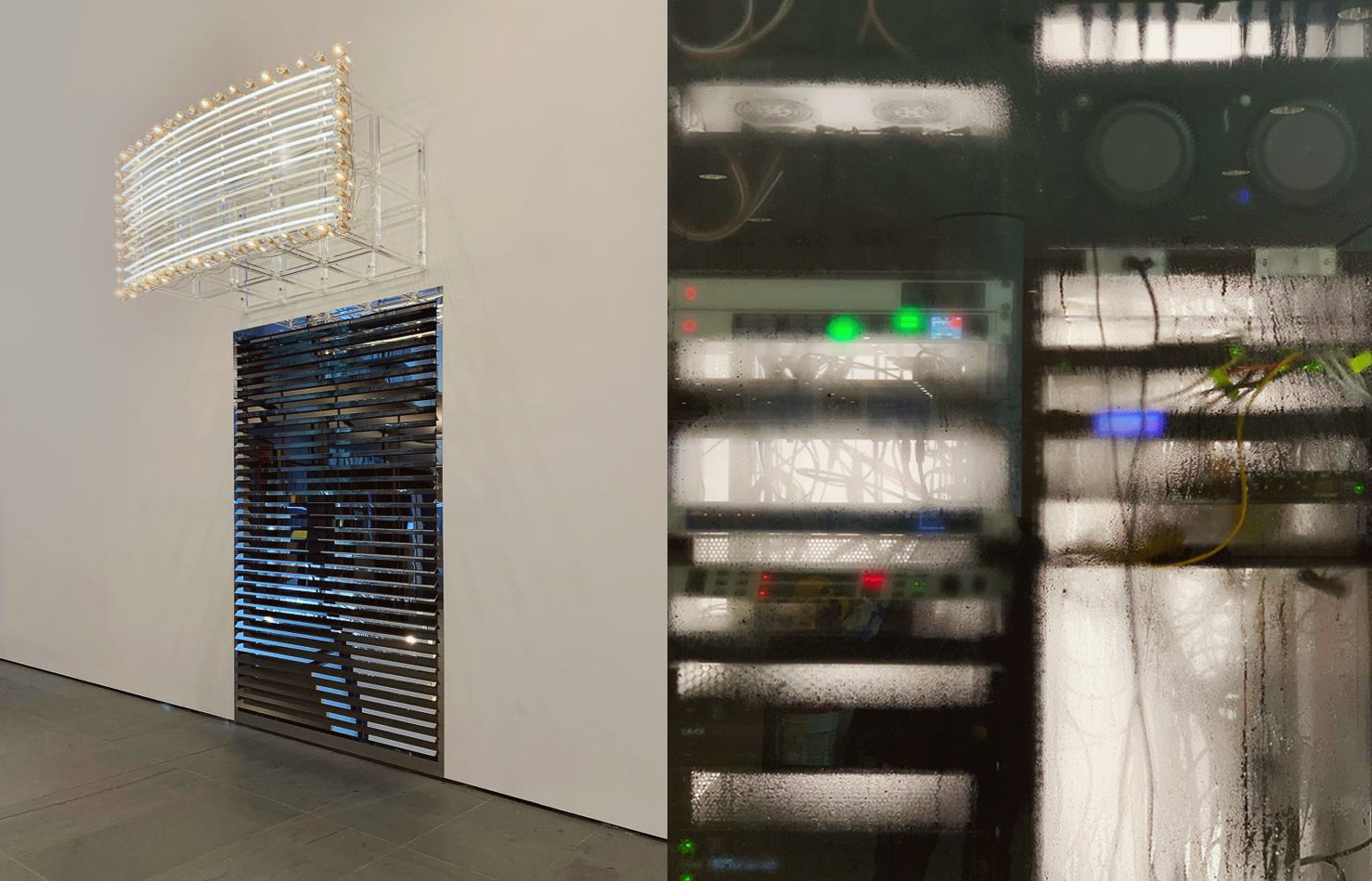
Echo, 2019, by Philippe Parreno, The Museum of Modern Art, New York. © The artist.
The aural component, a consistent element in Parreno’s work, was also taken a step further through the creation of a soundtrack that will never repeat itself. Parreno explains, ‘I worked with my sound designer Nicolas Becker, and we approached Venezuelan musician Arca to [perform] a song that Nicolas produced and the third layer was a start-up company based in London called Bronze, whose goal is to produce records that regenerate themselves when you play them, so the same concert will never be played twice. They take a granular approach; the sound particles can be redistributed according to the artist’s vision along with other factors. Altogether, we’ve produced two years worth of soundtrack and whispers.’
The final result is a subtle, moving piece that flickers and makes sounds in a haunting and otherworldly manner. MoMA director Glenn D Lowry adds, ‘Philippe's commissioned piece is remarkably well-suited not only to the architecture of the renovated and expanded lobby, but also to the ambitions and goals of the museum, as we endeavour to neither repeat ourselves nor remain static.’
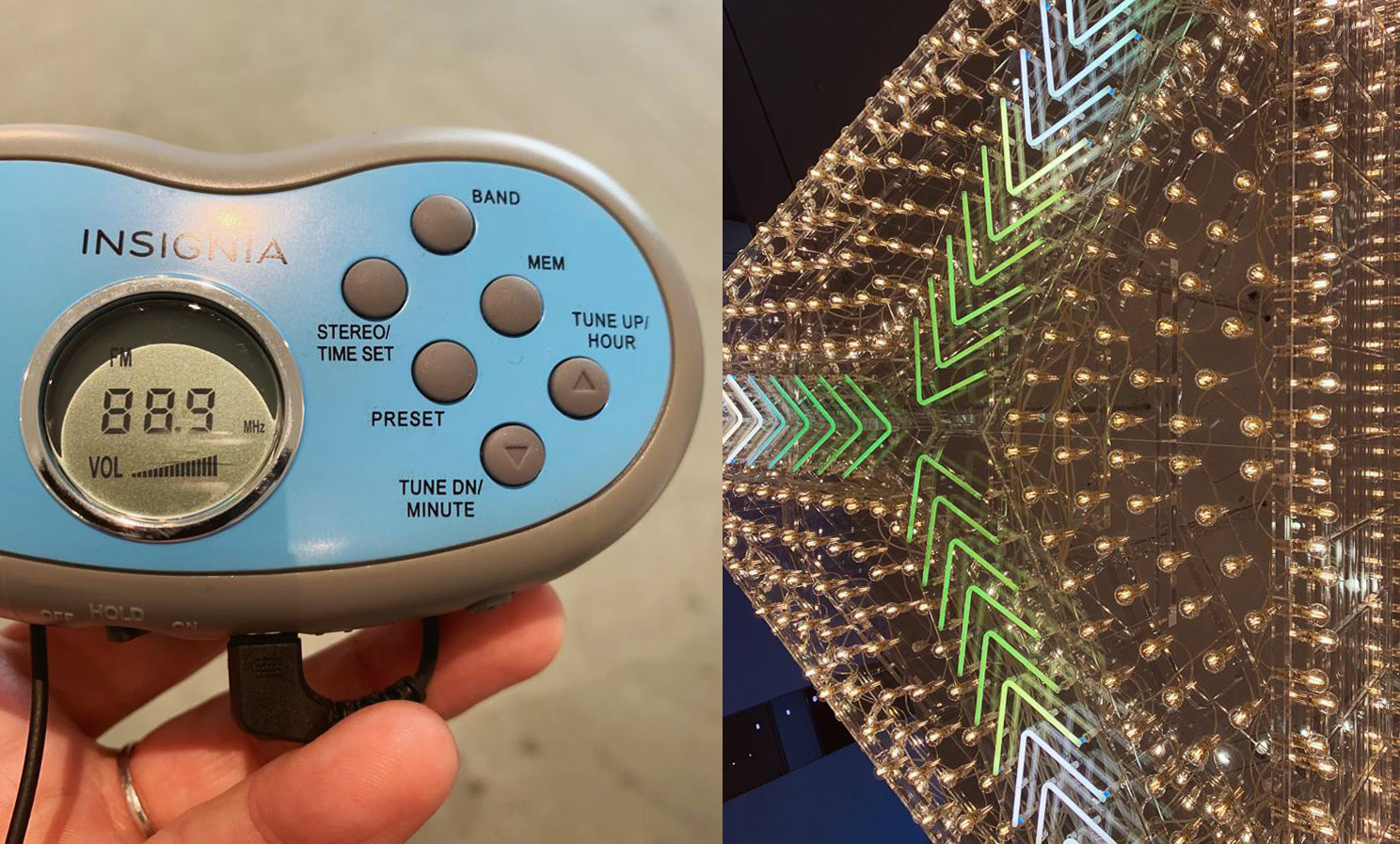
Echo, 2019, by Philippe Parreno, The Museum of Modern Art, New York. © The artist.
INFORMATION
Receive our daily digest of inspiration, escapism and design stories from around the world direct to your inbox.
Pei-Ru Keh is a former US Editor at Wallpaper*. Born and raised in Singapore, she has been a New Yorker since 2013. Pei-Ru held various titles at Wallpaper* between 2007 and 2023. She reports on design, tech, art, architecture, fashion, beauty and lifestyle happenings in the United States, both in print and digitally. Pei-Ru took a key role in championing diversity and representation within Wallpaper's content pillars, actively seeking out stories that reflect a wide range of perspectives. She lives in Brooklyn with her husband and two children, and is currently learning how to drive.
-
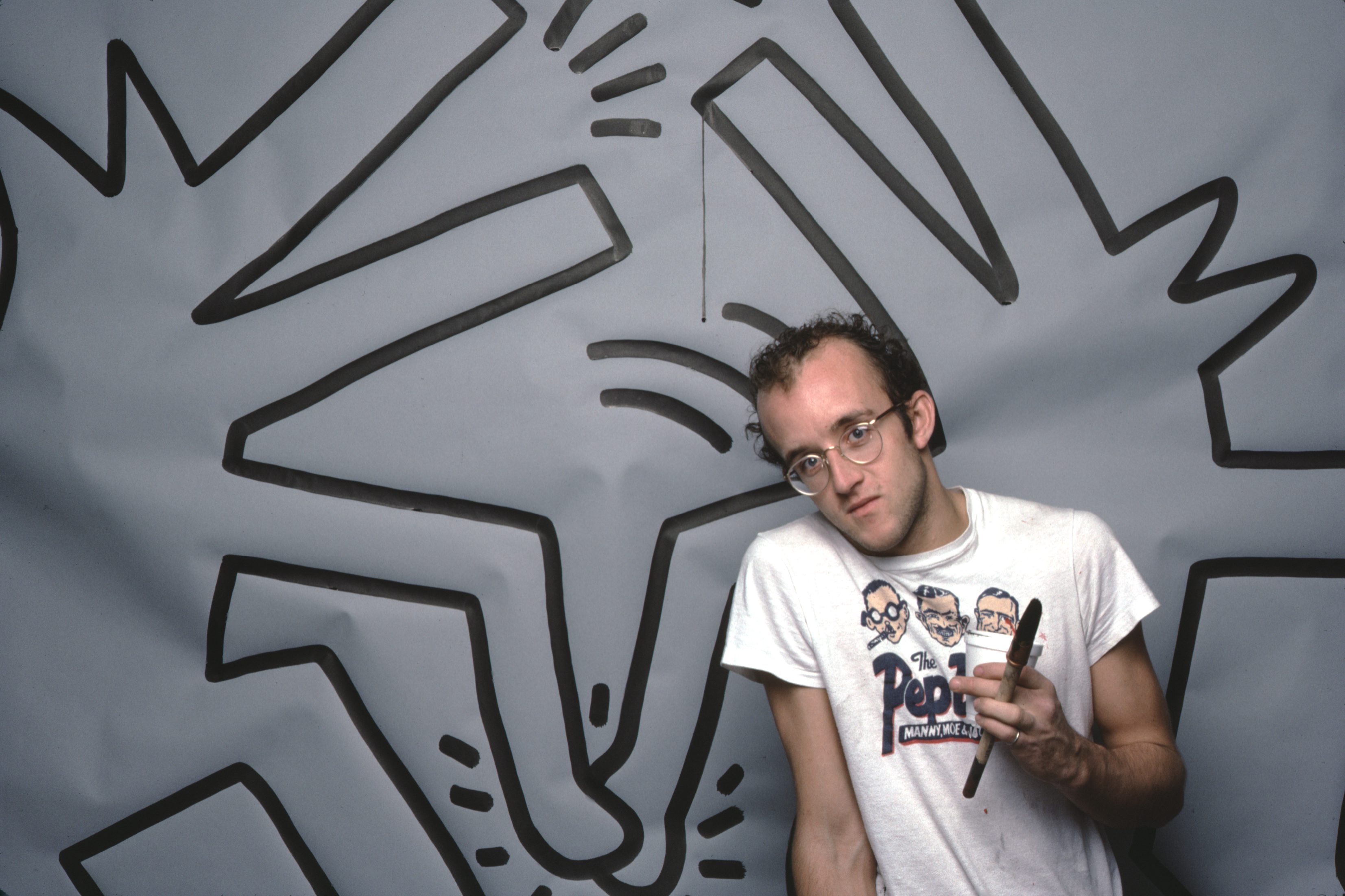 Modern masters: the ultimate guide to Keith Haring
Modern masters: the ultimate guide to Keith HaringKeith Haring's bold visual identity brought visibility to the marginalised
-
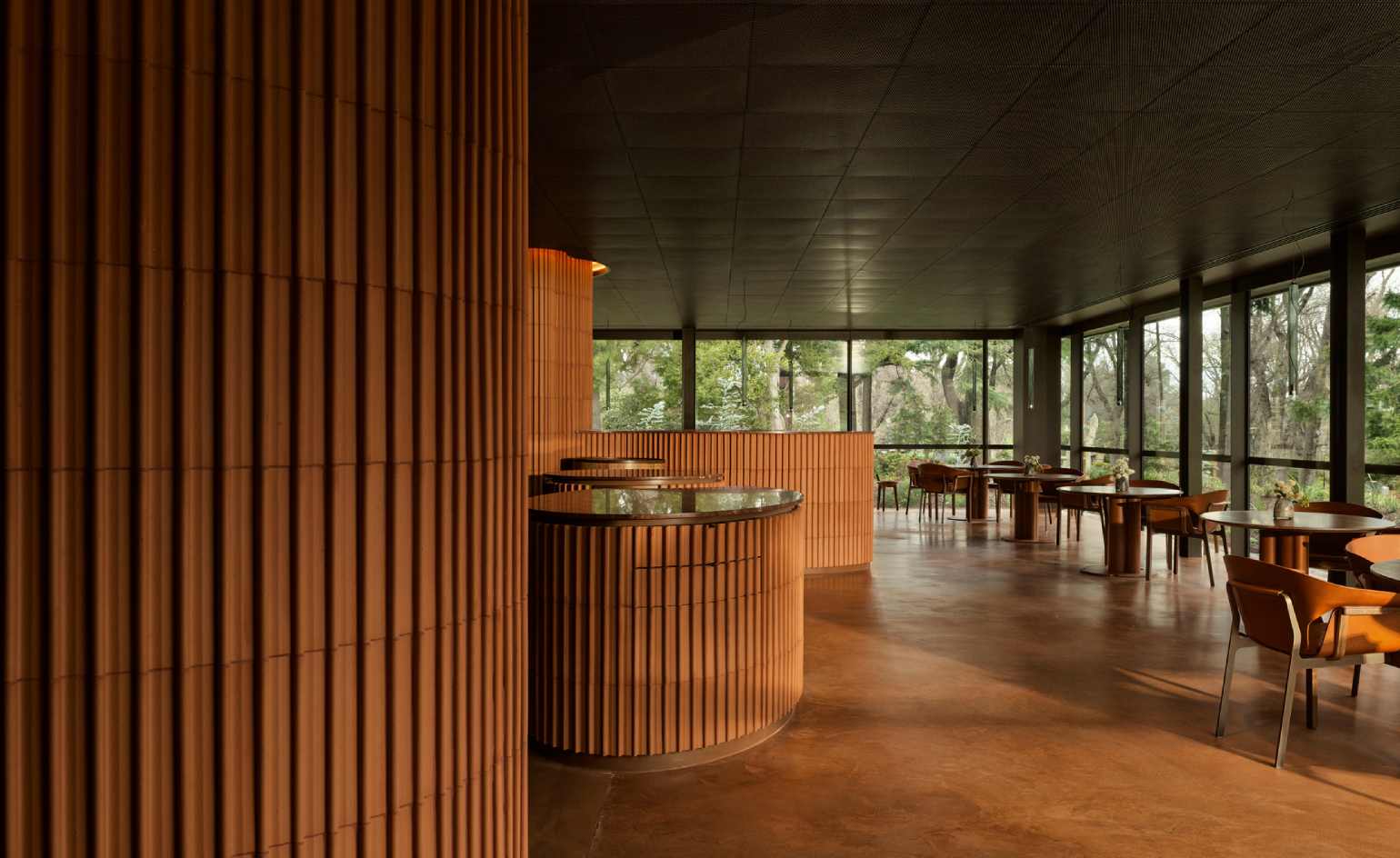 Discover a hidden culinary gem in Melbourne
Discover a hidden culinary gem in MelbourneTucked away in a central Melbourne park, wunderkind chef Hugh Allen’s first solo restaurant, Yiaga, takes diners on a journey of discovery
-
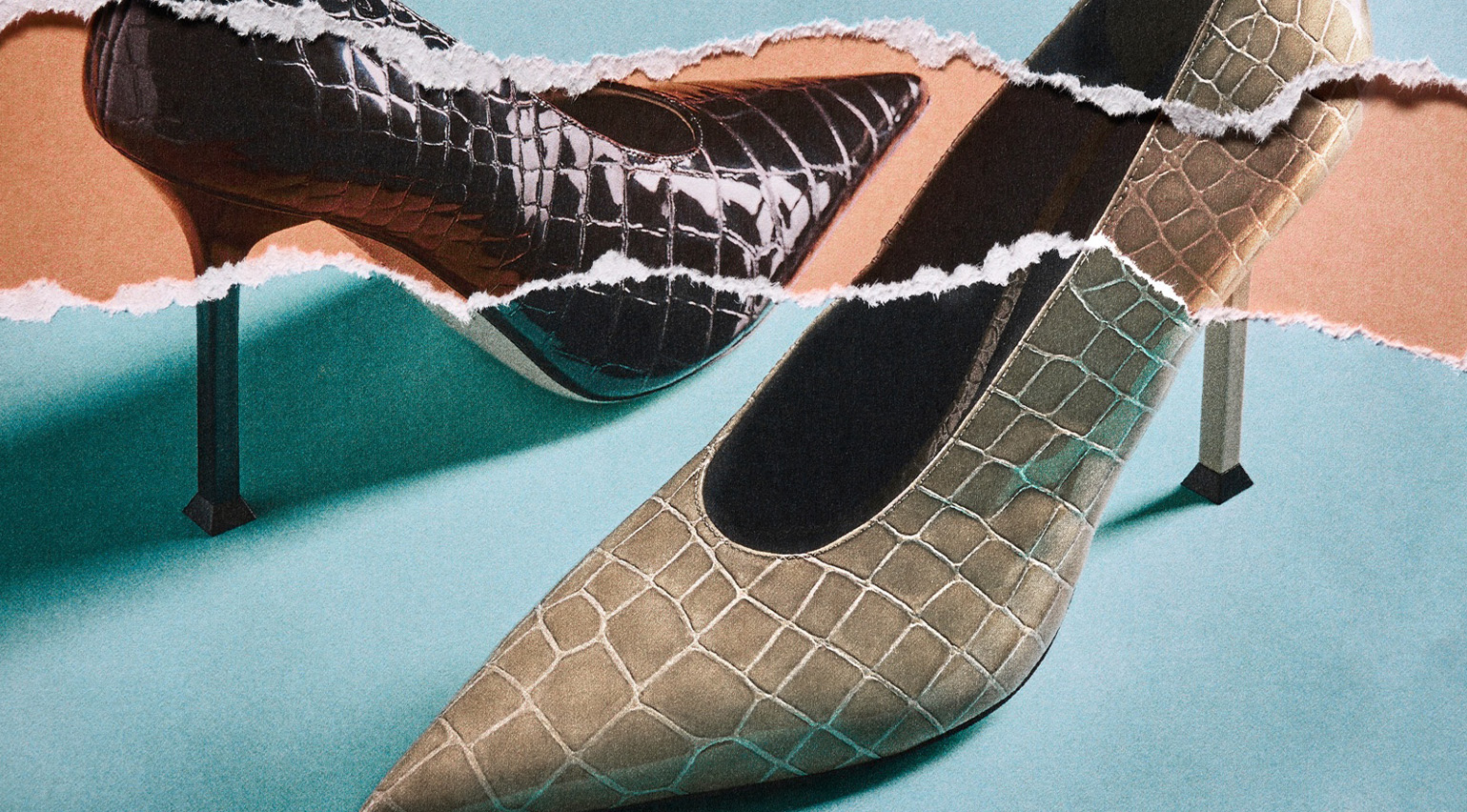 Nina Christen is the designer behind fashion’s favourite – and most playful – shoes
Nina Christen is the designer behind fashion’s favourite – and most playful – shoesShe’s created viral shoes for Loewe and Dior. Now, the Swiss designer is striking out with her own label, Christen
-
 Out of office: The Wallpaper* editors’ picks of the week
Out of office: The Wallpaper* editors’ picks of the week'Tis the season for eating and drinking, and the Wallpaper* team embraced it wholeheartedly this week. Elsewhere: the best spot in Milan for clothing repairs and outdoor swimming in December
-
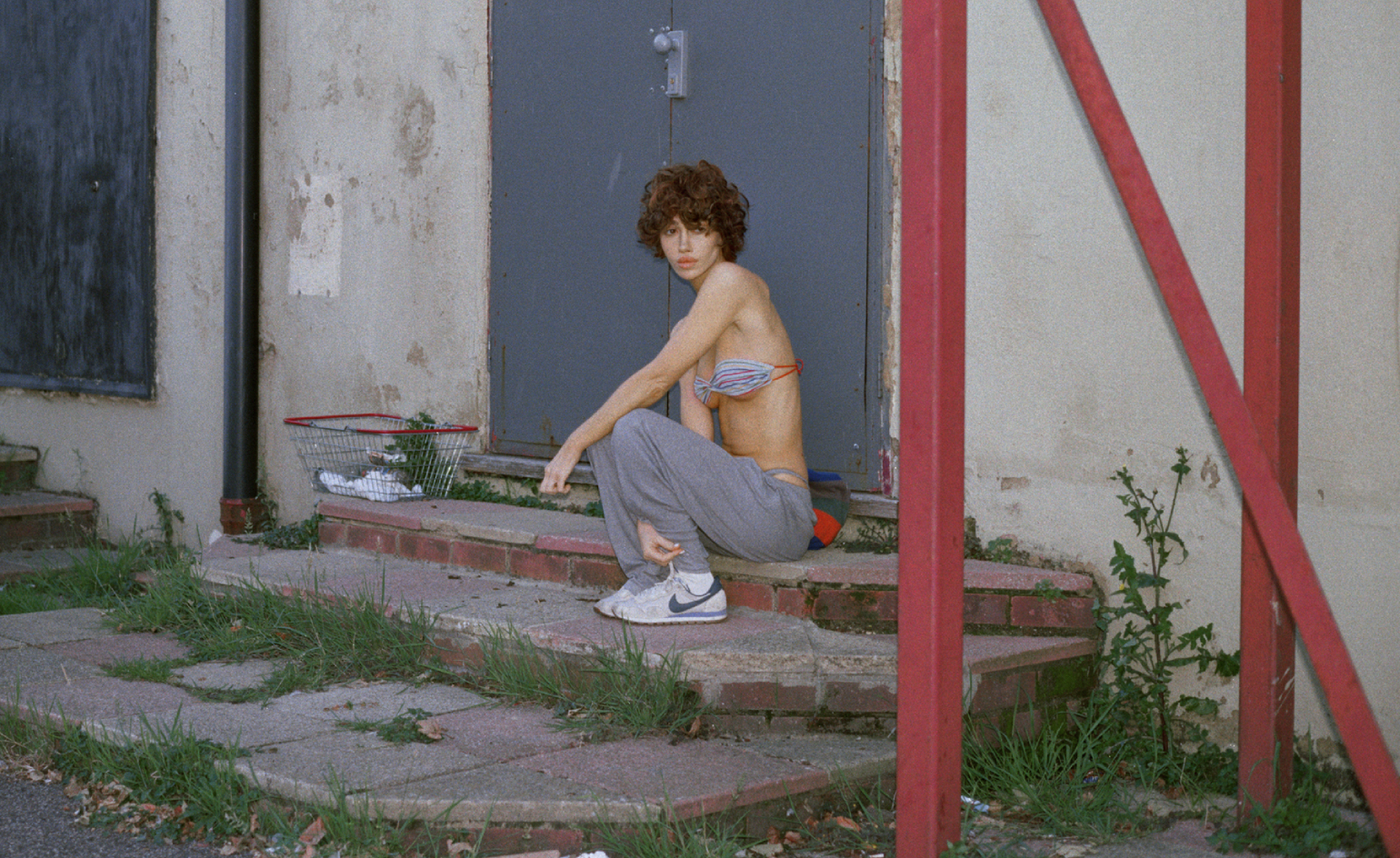 Nadia Lee Cohen distils a distant American memory into an unflinching new photo book
Nadia Lee Cohen distils a distant American memory into an unflinching new photo book‘Holy Ohio’ documents the British photographer and filmmaker’s personal journey as she reconnects with distant family and her earliest American memories
-
 Out of office: The Wallpaper* editors’ picks of the week
Out of office: The Wallpaper* editors’ picks of the weekIt’s been a week of escapism: daydreams of Ghana sparked by lively local projects, glimpses of Tokyo on nostalgic film rolls, and a charming foray into the heart of Christmas as the festive season kicks off in earnest
-
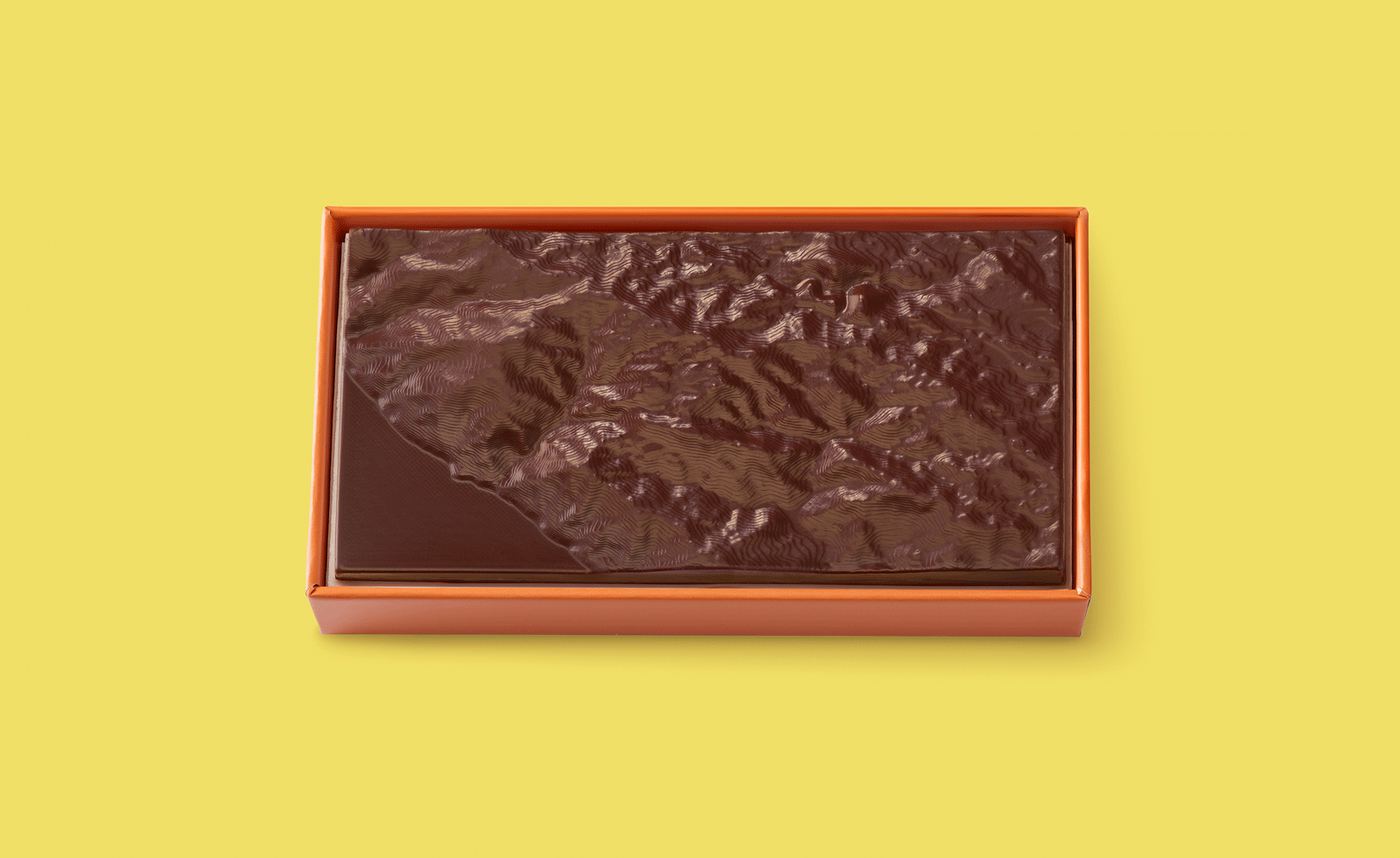 Ed Ruscha’s foray into chocolate is sweet, smart and very American
Ed Ruscha’s foray into chocolate is sweet, smart and very AmericanArt and chocolate combine deliciously in ‘Made in California’, a project from the artist with andSons Chocolatiers
-
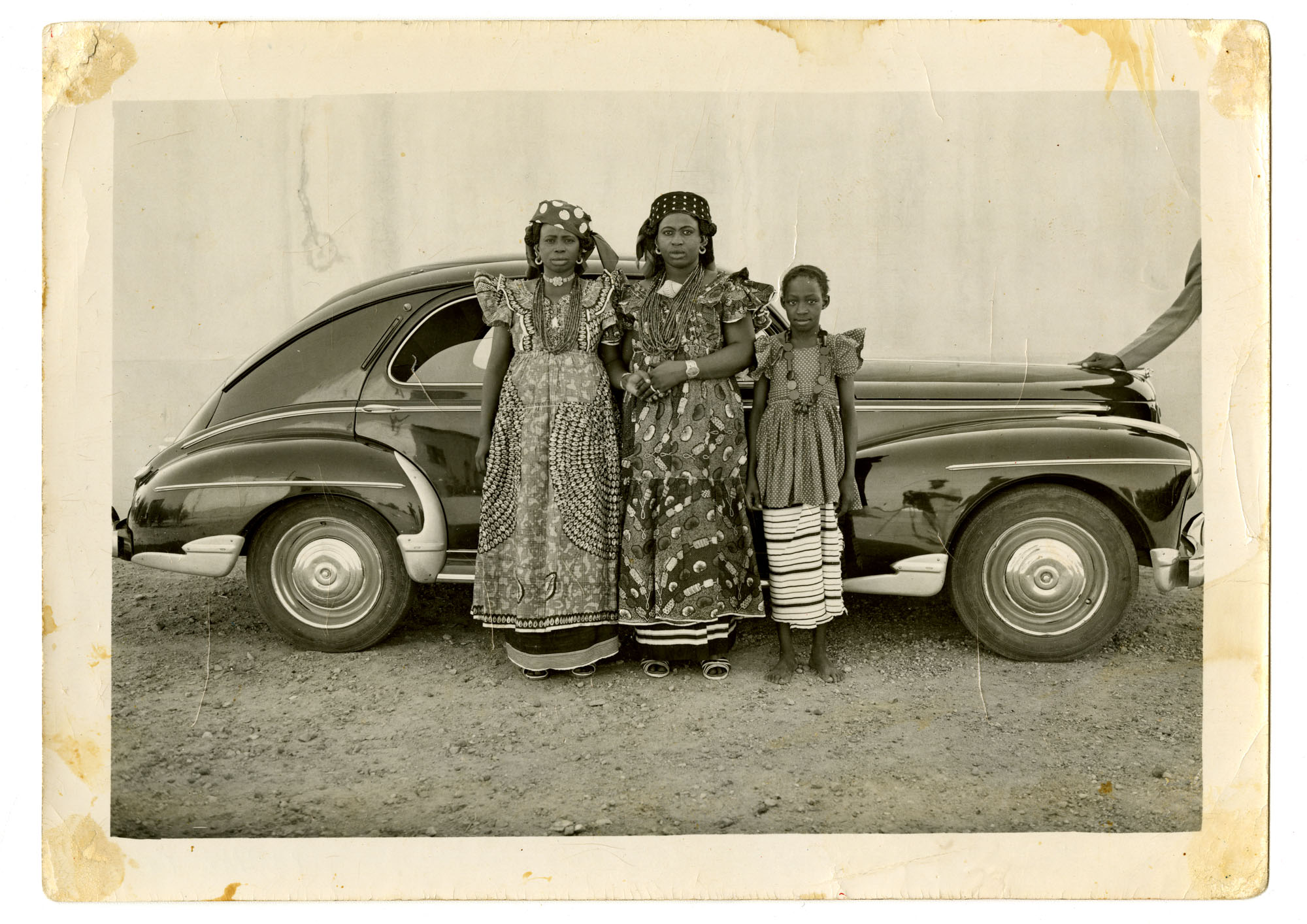 Inside the work of photographer Seydou Keïta, who captured portraits across West Africa
Inside the work of photographer Seydou Keïta, who captured portraits across West Africa‘Seydou Keïta: A Tactile Lens’, an exhibition at the Brooklyn Museum, New York, celebrates the 20th-century photographer
-
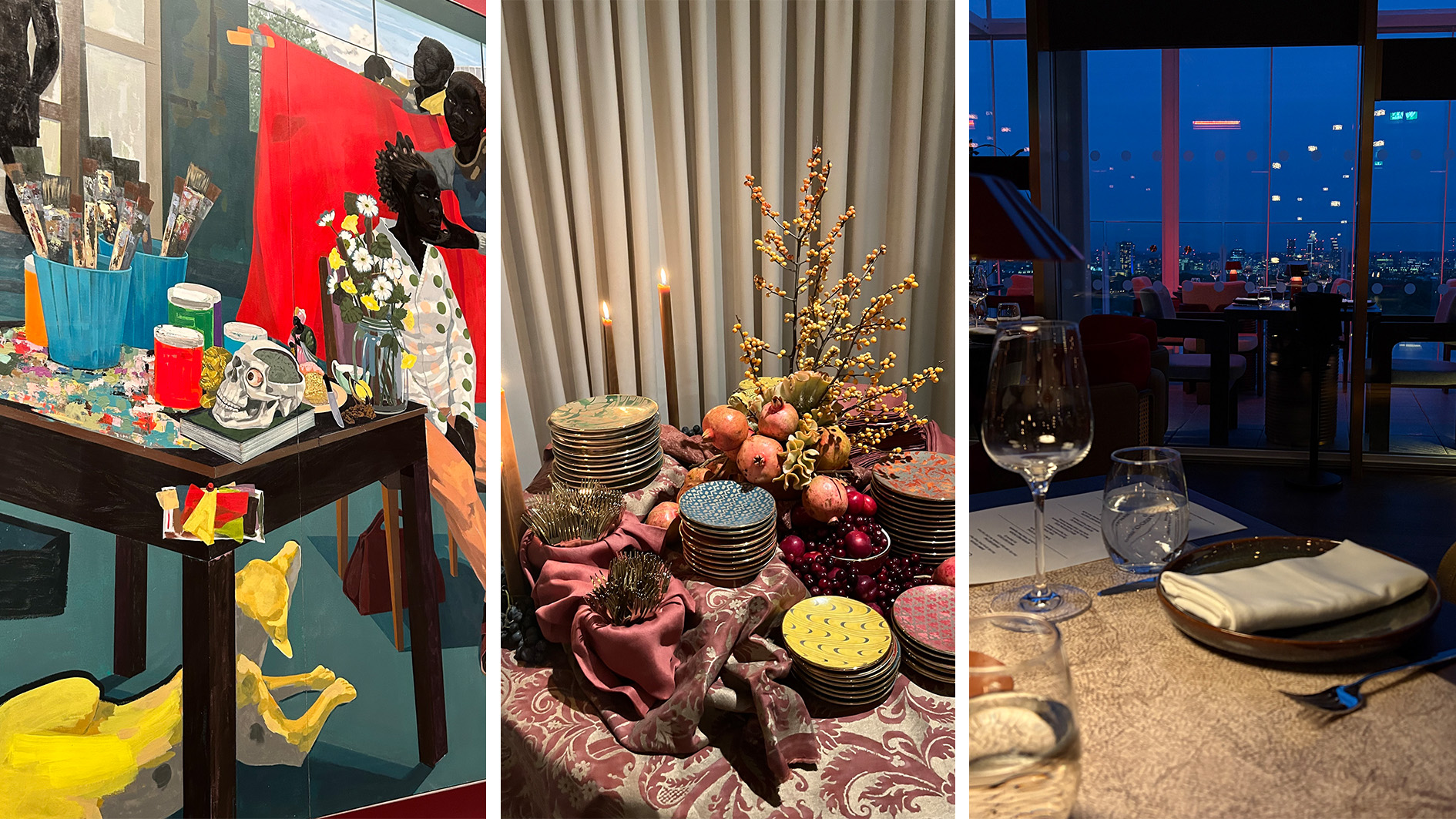 Out of office: The Wallpaper* editors’ picks of the week
Out of office: The Wallpaper* editors’ picks of the weekFrom sumo wrestling to Singaporean fare, medieval manuscripts to magnetic exhibitions, the Wallpaper* team have traversed the length and breadth of culture in the capital this week
-
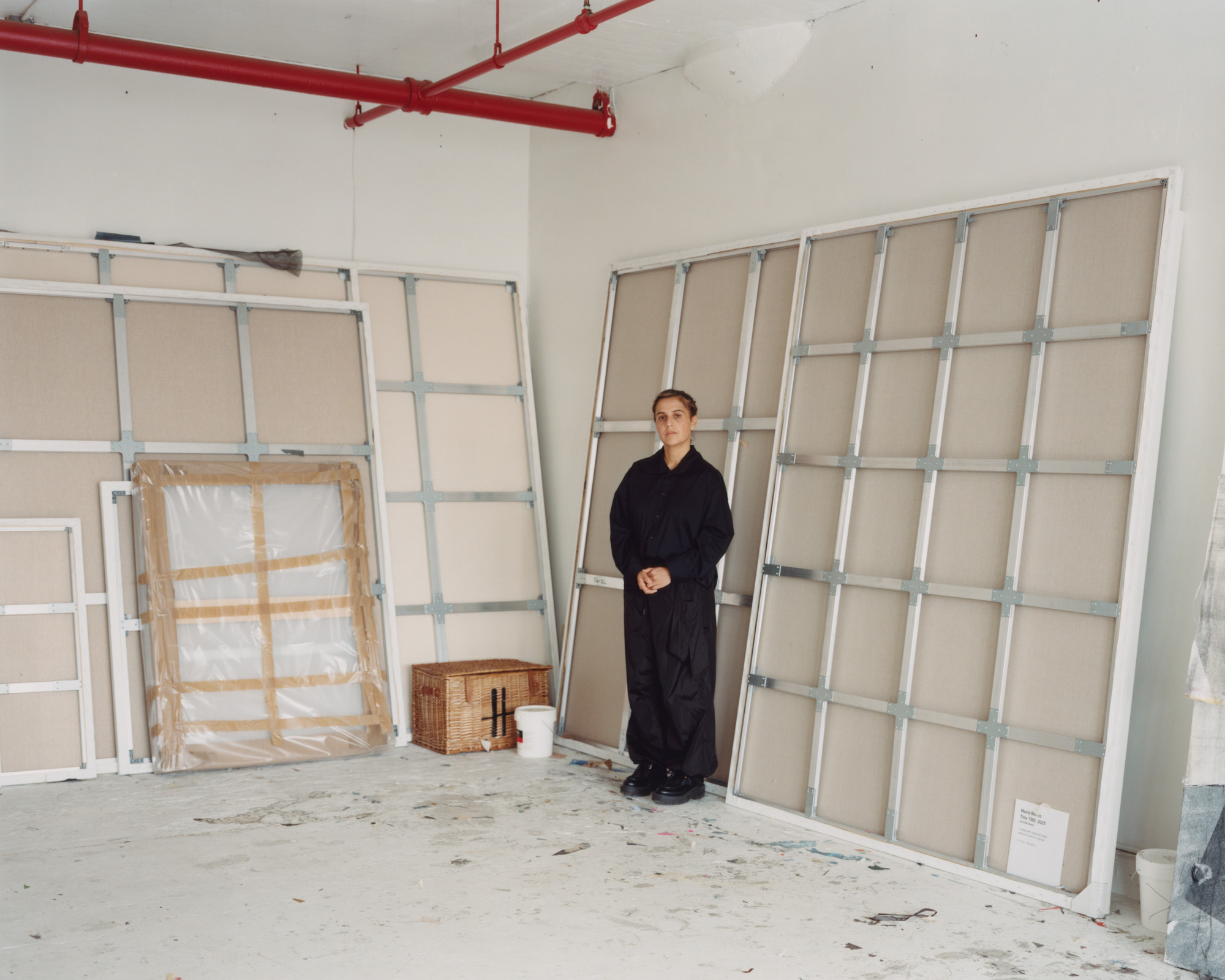 María Berrío creates fantastical worlds from Japanese-paper collages in New York
María Berrío creates fantastical worlds from Japanese-paper collages in New YorkNew York-based Colombian artist María Berrío explores a love of folklore and myth in delicate and colourful works on paper
-
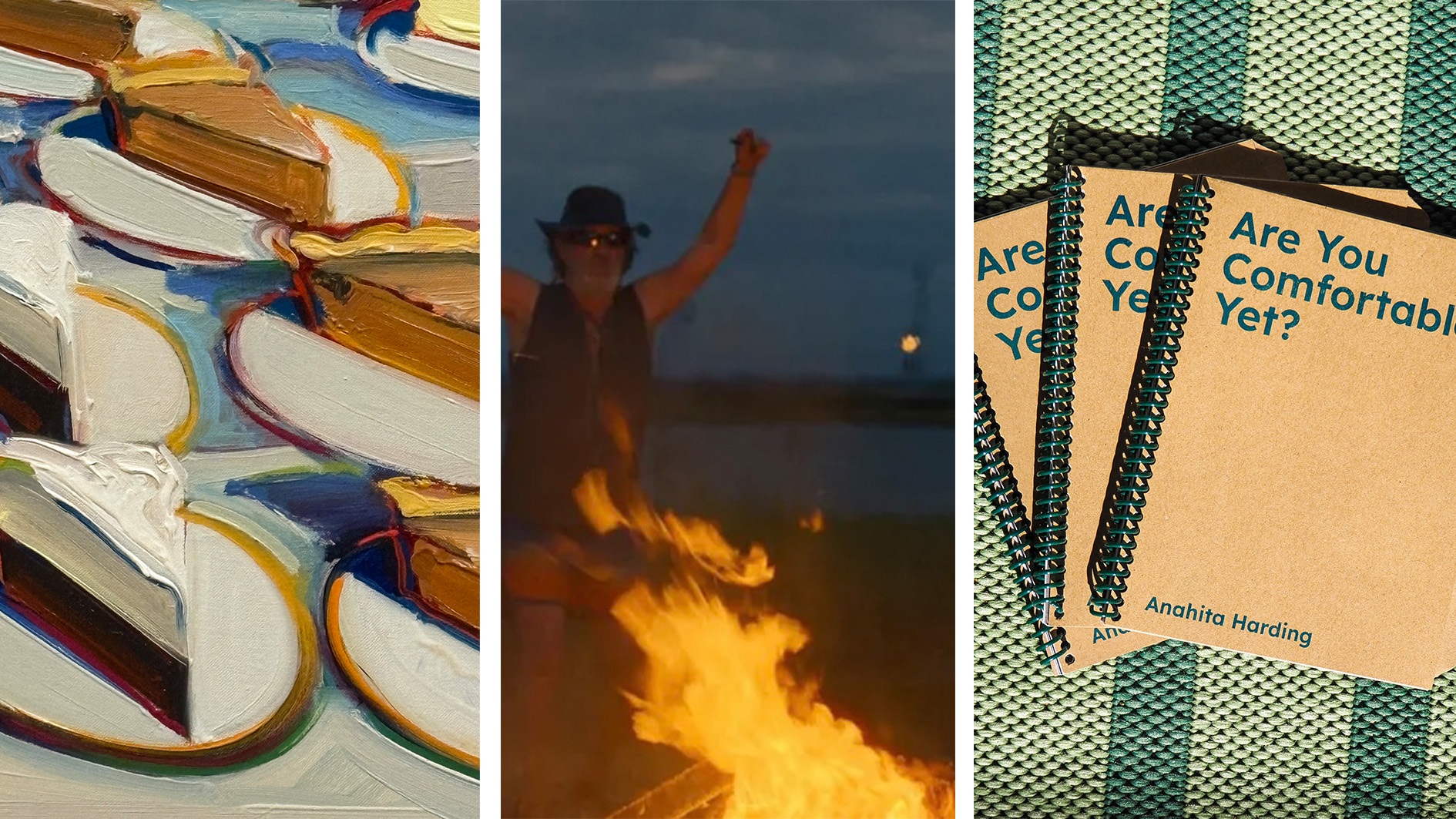 Out of office: the Wallpaper* editors’ picks of the week
Out of office: the Wallpaper* editors’ picks of the weekAs we approach Frieze, our editors have been trawling the capital's galleries. Elsewhere: a 'Wineglass' marathon, a must-see film, and a visit to a science museum